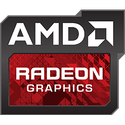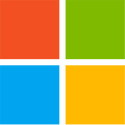
Manli Announces its GeForce GTX 980 Ti Graphics Card
Manli Technology Group Limited, the major Graphics Cards, Mini-PCs and other components manufacturer, today announced the ultimate graphics solution for gamers - Manli GeForce GTX 980Ti.
Powered by GM200 GPU, the Manli GeForce GTX 980Ti provides top tier gaming performance for gaming enthusiast. It built-in 2816 CUDA Cores, with core frequency is at 1000 MHz, base clock that can boost up to 1076 MHz, gamers can enjoy the ultimate gaming experience in HD and 4K UHD resolution, as well as headroom for overclocking via using TurboEngine software. The memory of 6GB GDDR5 ensures gamers can enjoy smooth and detailed gaming experience in DirectX 11 and incoming DirectX 12 new games.
Powered by GM200 GPU, the Manli GeForce GTX 980Ti provides top tier gaming performance for gaming enthusiast. It built-in 2816 CUDA Cores, with core frequency is at 1000 MHz, base clock that can boost up to 1076 MHz, gamers can enjoy the ultimate gaming experience in HD and 4K UHD resolution, as well as headroom for overclocking via using TurboEngine software. The memory of 6GB GDDR5 ensures gamers can enjoy smooth and detailed gaming experience in DirectX 11 and incoming DirectX 12 new games.


































